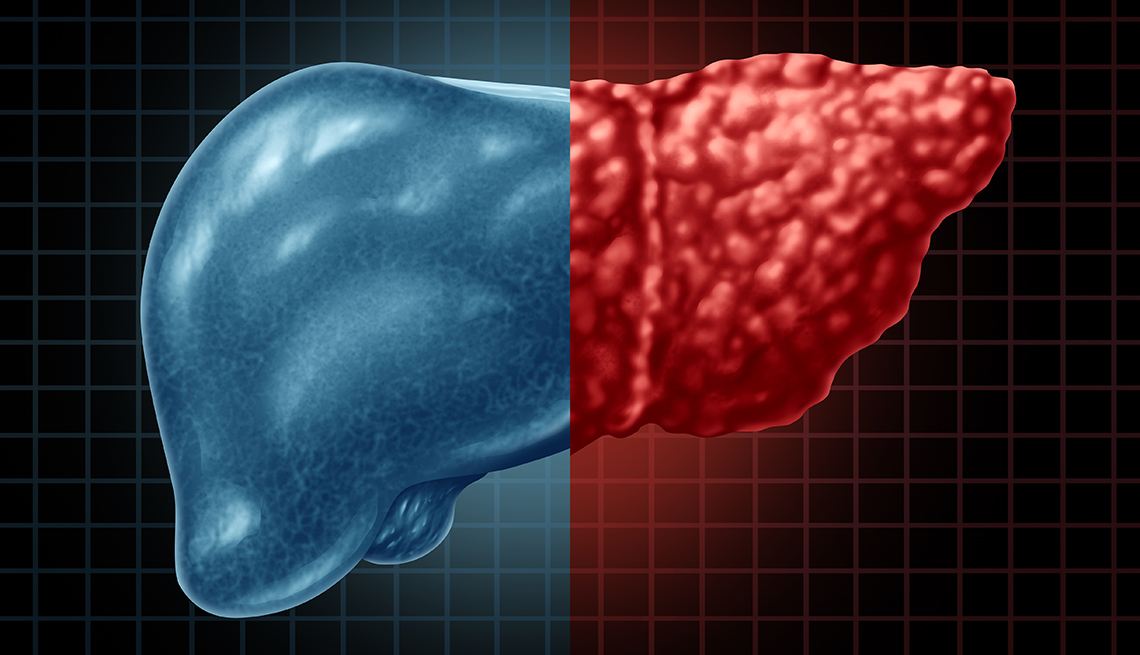
Nonalcoholic fatty liver disease (NAFLD) might just be the most common disease you’ve never heard of.
The condition — which occurs when excess fat accumulates in the liver of people who aren’t heavy drinkers — is the most common form of chronic liver disease, affecting roughly 1 in 4 U.S. adults. Still, it isn’t on most people’s radar.
“The biggest problem is low awareness among primary care doctors,” says Mary Rinella, M.D., a professor of medicine and director of the Metabolic and Fatty Liver Disease Clinic at University of Chicago Medicine.
Indeed, research suggests primary care doctors aren’t always certain which patients to screen for NAFLD. (Why test your teetotaling patients for a liver disease?)
Further complicating matters: Those who have the condition typically experience few, if any, symptoms. (How can you talk to your doctor about a condition you don’t even suspect you have?)
“It’s a common myth that only alcohol can damage the liver or cause scarring — also known as cirrhosis — but the truth is that fat buildup is a major cause of liver damage and can lead to liver failure and its most feared complication, liver cancer,” says Ani Kardashian, M.D., assistant professor of medicine in the Division of Gastroenterology and Liver Diseases at the Keck School of Medicine at the University of Southern California. “In fact, fatty liver is the second most common reason for liver transplants in the U.S.”
It’s normal for the liver to have some fat, but if more than 5 to 10 percent of your liver’s weight is fat, you have what’s known as a fatty liver. With NAFLD, this happens in people who aren’t heavy drinkers. And the risk is higher for people over age 50, particularly women.
“As adults age, they are more likely to develop high blood pressure, diabetes, high cholesterol or obesity, which are the principal risk factors for fatty liver,” Kardashian says. “In women, menopause is an additional hit. Estrogen is protective against fatty liver and liver scarring … and after women hit menopause, as estrogen levels drop, they lose that protective effect.”
While there is no cure for NAFLD, it can be reversed. The longer it goes undiagnosed, however, the greater the chances of progressing to nonalcoholic steatohepatitis (NASH), a more severe form of NAFLD, which can be more difficult to reverse.
NAFLD exists on a spectrum “ranging from fat with no scarring — which is 100 percent reversible — to cirrhosis, which is way at the other end of the spectrum and not reversible,” Rinella says. “Where you are on the spectrum of disease determines how much reversibility you’re able to get.”
Here are four things you can do to reverse NAFLD:





